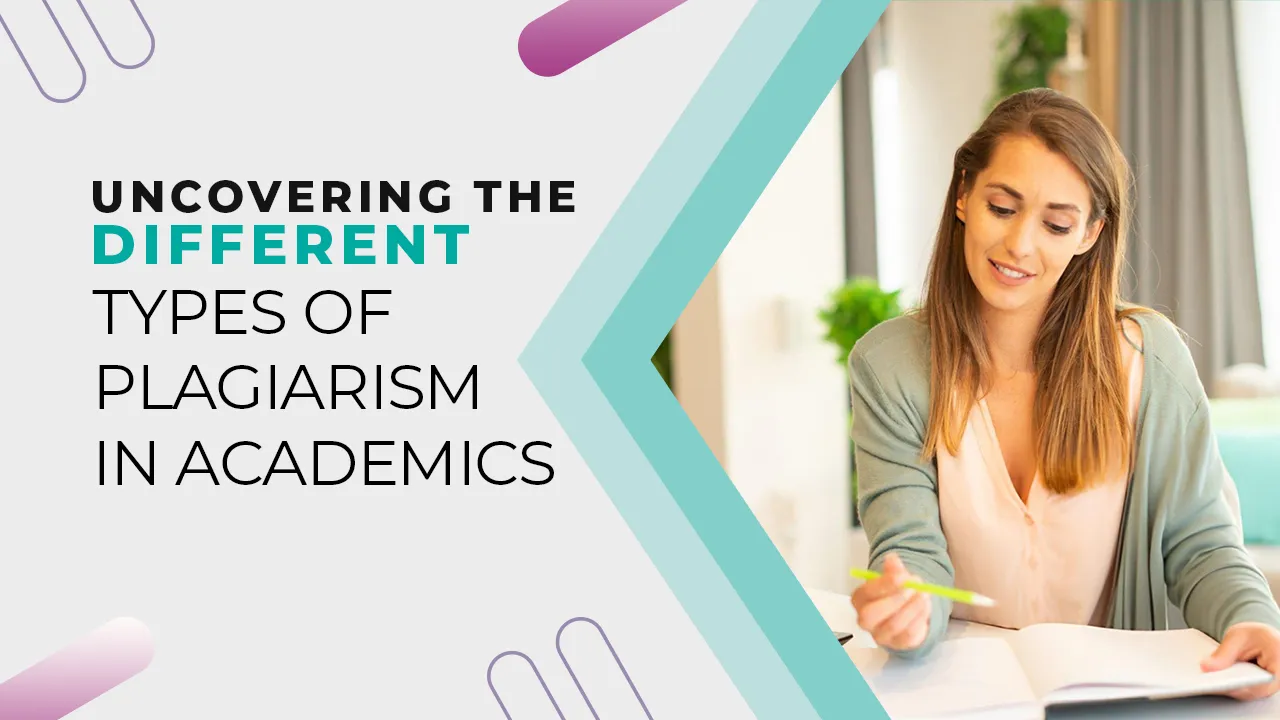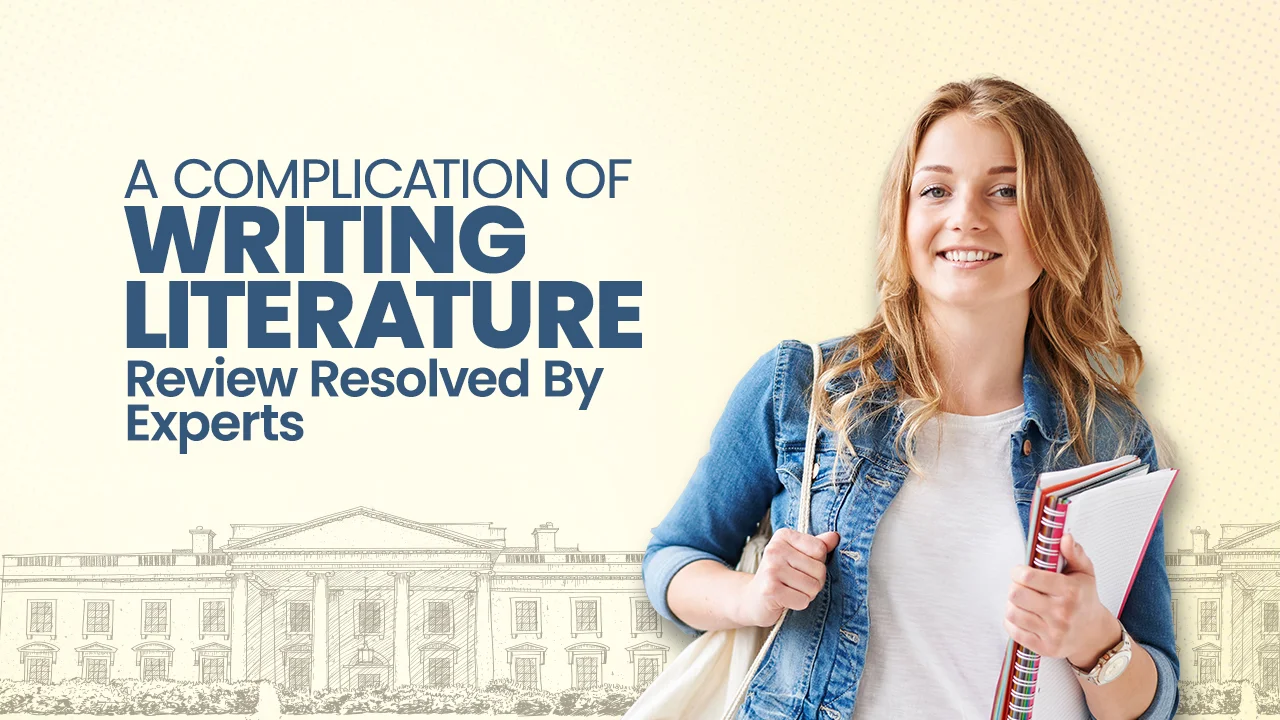Identifying 7 Common Types of Plagiarism Found in Assignments

Contents
Introduction
Plagiarism is a grave academic offence that undermines the integrity of education and the pursuit of knowledge. It entails the usage of someone else's dissertation, thoughts, or intellectual belongings without giving them the right credit. In the digital age, with vast facts to be had at our fingertips, plagiarism can take various paperwork, some of which aren't right now apparent. It's best to seek dissertation help before it's too late.
In this blog, we can delve into seven common styles of plagiarism that educators and college students need to be aware of.Assignment Help services offer students support with various academic tasks, including essays, research papers, presentations, and more. Professional tutors provide guidance, feedback, and assistance to help students achieve academic success.
Types of Plagiarism
1. Direct Plagiarism or Verbatim Plagiarism
Direct plagiarism, often referred to as 'reproduction and paste' plagiarism, is the maximum blatant form of academic dishonesty. It includes lifting entire sentences, paragraphs, or even whole essays from a source without any attribution or citation marks. This type of plagiarism is easily detected through the use of plagiarism detection software, and it's taken into consideration as an excessive violation of academic integrity.

2. Self-Plagiarism
Self-plagiarism, additionally called autoplagiarism, happens while a student submits their very own previously submitted dissertations as new, authentic content. It may additionally sound confusing, however it's far a critical concept to comprehend. When you put up the identical paper for more than one assignment without proper citation or consent of your teacher, you are conducting self-plagiarism. To avoid self-plagiarism, usually seek for your teacher's permission and provide suitable citations while the usage of your own dissertations in a new context.
3. Paraphrasing Plagiarism
Paraphrasing plagiarism happens while a student rewords or rephrases without right citation. This kind of plagiarism may be tough to come across because it includes changing the language and structure of the authentic text. To avoid paraphrasing plagiarism, usually don't forget to characterise the unique source whilst summarising or rephrasing a person else's ideas. Writers providing dissertation help UK are well-aware of the fact and try to ensure that the content they provide is unique.
4. Mosaic Plagiarism
Mosaic plagiarism, additionally referred to as "patchwriting," includes copying and pasting sections of various assets to create a new report, frequently at the same time as changing a few phrases here and there. This form of plagiarism may be misleading, as it offers the arrival of authentic work. It's critical to consider that even minor adjustments do not excuse using others' work without right attribution. In educational writing, constantly give credit to the original authors.
5. Accidental Plagiarism
Accidental plagiarism happens when a student inadvertently fails to quote or misattribute resources because of a lack of knowledge about citation guidelines or mistakes in quotation formatting. While it could be unintended, the consequences are similar to planned plagiarism. To prevent accidental plagiarism, take some time to learn and cling to the precise citation style to your subject, including APA, MLA, or Chicago.
6. Collusion Plagiarism
Collusion plagiarism entails collaboration between two or extra students on a challenge, wherein they publish the same or notably comparable dissertations as their very own, without proper attribution. Collusion may be challenging to hit upon however remains considered a breach of educational integrity. To avoid collusion plagiarism, make certain that group assignments are without a doubt collaborative, and every member contributes their precise insights and thoughts. This is why most students prefer to seek assistance from dissertation writing services.
7. Incomplete Attribution
Incomplete attribution occurs while a student recognises sources however fails to provide entire and correct citations. This can consist of missing web page numbers, ebook dates, or writer names, making it difficult for readers to find the unique resources. Incomplete attribution can diminish the credibility of your work, so continually make sure that your citations are accurate and constant with the chosen citation style.
Consequences of Plagiarism
Now that we've recognised seven commonplace forms of plagiarism, it's essential to understand the ability results of engaging in instructional dishonesty. These consequences can be intense and encompass:
1. Academic Penalties: Students may also acquire a failing grade on the undertaking or even fail the complete route, depending on the severity of the plagiarism.
2. Damage to Popularity: Plagiarism can tarnish a scholar's popularity, making it hard to benefit the trust of instructors and peers.
3. Ethical Worries: Plagiarism undermines the principles of honesty and equity, affecting one's ethical improvement.
4. Legal Implications: In a few cases, plagiarism can cause felony movement, especially when it entails copyrighted dissertation.
5. Loss of Educational and Expert Opportunities: Plagiarism could have lengthy-time period effects, hindering a student's educational and expert prospects.
Preventing Plagiarism
Preventing plagiarism is important for maintaining academic integrity. Here are a few techniques to help students and educators prevent plagiarism:
1. Education: Educators must teach students on what constitutes plagiarism and how to properly cite sources.
2. Plagiarism detection equipment: Educators can use plagiarism detection software to discover capacity instances of plagiarism.
3. Clear Mission Tips: Instructors should offer clear instructions and expectations for assignments, decreasing the temptation to plagiarise.
4. Encourage Originality: Foster an environment that values creativity and unique thinking, making it much less tempting for students to plagiarise.
5. Time Management and Take a Look at Skills: Teach students effective time control and observe talents to reduce the stress to plagiarise due to time limits.
Frequently Ask Questions (FAQ's)
1. Which Type of Plagiarism is Most Commonly Used?
The most common type of plagiarism is copying the data without proper citation. This is something that includes direct lifting of the passages from a place without usage of the quotation marks. Writers are required to paraphrase effectively. They need to cite sources accurately in place to avoid this form of misconduct.
2. What are the 4 Types of Plagiarism?
The four main types of plagiarism are direct copying without mentioning accurate citation, paraphrasing, mosaic plagiarism, and self-plagiarism. Every student needs to understand all these types of plagiarism so that they can avoid them. they should ensure to maintain academic integrity.
3. What is Most Likely an Example of Plagiarism?
An example of plagiarism is directly copying a paragraph from a resource without using quotation marks. This is the act of passing off somebody else's work as your own. It is said to be a clear violation of academic integrity. It is very important to attribute ideas to their original authors in place to avoid plagiarism.
4. Where is Plagiarism Commonly Found?
Plagiarism can commonly be found in academic settings like schools, and other places, where students attempt to submit the work that is being copied from some other place. It is something that also occurs in professional space. It includes journalism and other places, where individuals fail to properly cite sources.
5. Is 20 Percent Plagiarism a Lot?
Any amount of plagiarism is unacceptable. The fact that even 20 percent of plagiarism shows a significant part of copied material. It is something that undermines the originality of the work. It is essential to have 100 percent originality. It will be attained by properly attributing all the sources.

Conclusion
Plagiarism undermines the principles of academic integrity and robs college students of the opportunity to learn and develop. By know-how the not unusual forms of plagiarism, its consequences, and how to save you, college students and educators can work collectively to create a culture of honesty and highbrow growth.
The pursuit of knowledge and the development of crucial questioning competencies are first-rate completed through the ethical and accountable use of data. It is advisable to seek assistance from writers offering dissertation writing help to ensure the success of your dissertation. By identifying and addressing plagiarism, we will make certain that instructional achievements are both significant and in reality, earned.
Your email address will not be published. Required fields are marked *
Recent Post

27 Aug 2025
ChatGPT Won’t Save Your Grades
17 Sep 2024
Balance Work and Study with Assignment Help




This blog shows how students can accidentally copy others' work without realizing it. It's important for teachers to teach us how to avoid this so we can do our assignments honestly.
I like how this blog helps us understand why copying isn't okay. It reminds us to be careful when using online sources and to always give credit to the original authors."
I learned from this blog that even if we change some words, it can still be considered copying. It's important for us to write in our own words and use proper citations.
I never knew there were so many ways to accidentally copy in assignments. This blog helps me understand what to watch out for and how to make sure my work is original.
This blog made me realize how important it is to be original in my assignments. It's not just about copying word-for-word, but also about using ideas in our own way and giving credit to others.
Your insights on assignment writing are excellent! The emphasis on planning and setting realistic goals is particularly valuable. Thank you for sharing these helpful tips!